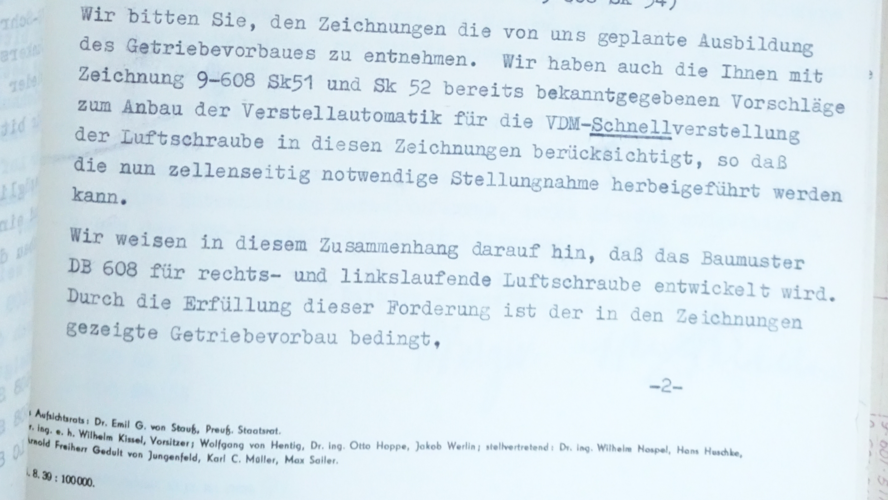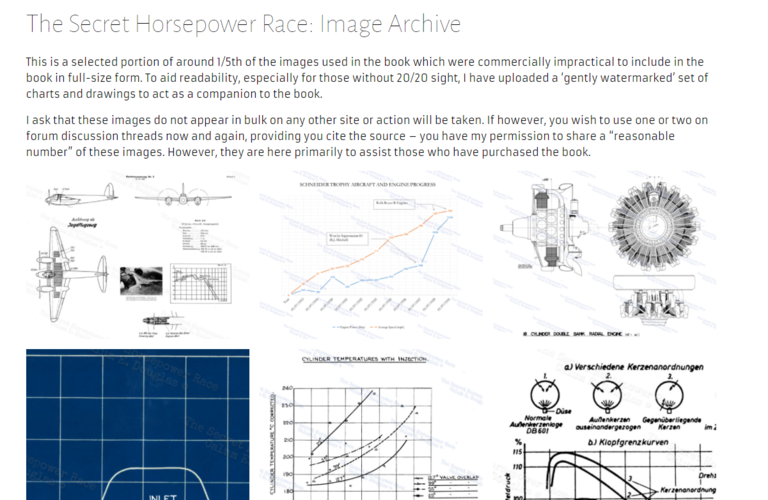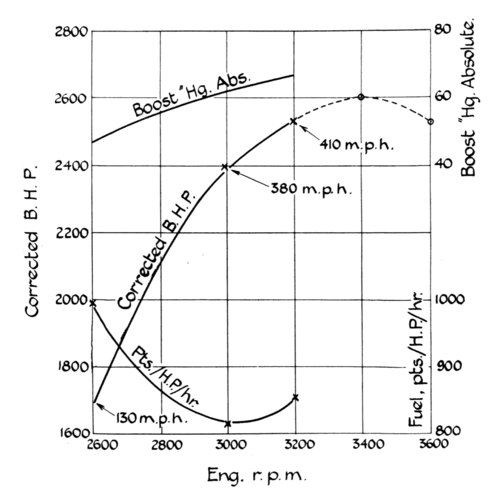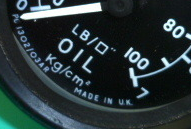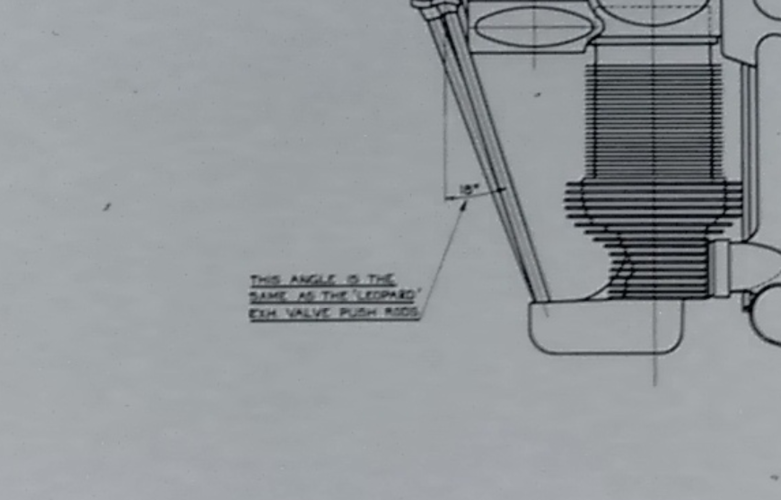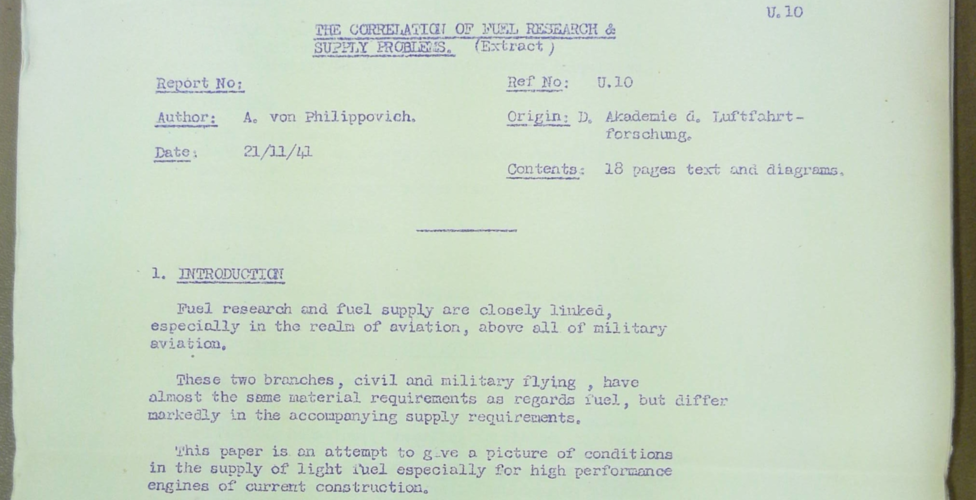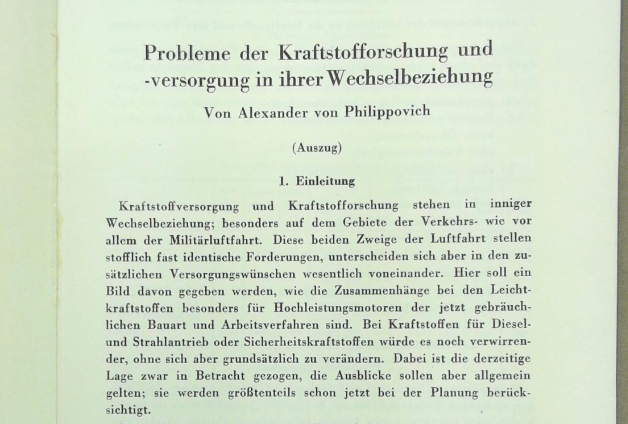I must say it's not that perilous. Just follow the precautions and plan for the future. A few months back a book was released in the German language about a tank built during World War One. It contained new photos and it corrected some old information. As a long-time follower of document releases, I've also seen references to private collections. A few German auction sites regularly feature original award documents and photos for the Luftwaffe. And German eBay has photos of crashed and captured French and British aircraft on a fairly regular basis. One picture can add to the historical record.
This is probably a topic for another thread, so my comment below will be the last on that. I can tell you that one full-time professional archive researcher I know has lost his buisiness and livelyhood, many authors have had their books cancelled, and several other authors are exceptionally worried. If you cannot access files, planning does not assist. I`ve been trying to book 2 days at the Bundesarchiv Lichterfelde, for the last 11months, I promise you it is extremely serious, but equally I of course very much want to be proven quite wrong about my cynicism on this as time goes on.
Last edited:

